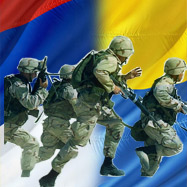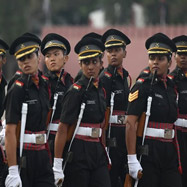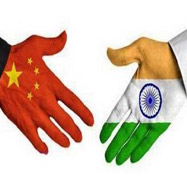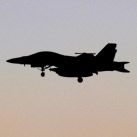Early Military Lessons from Russia’s Special Military Operation in Ukraine
While the end state of the Russia–Ukraine conflict is still afar, an analysis of the conflict and war fighting so far, shows that there are enough early lessons for the strategic and military practitioners to decipher and take note of.
- Deepak Kumar
- March 28, 2022









